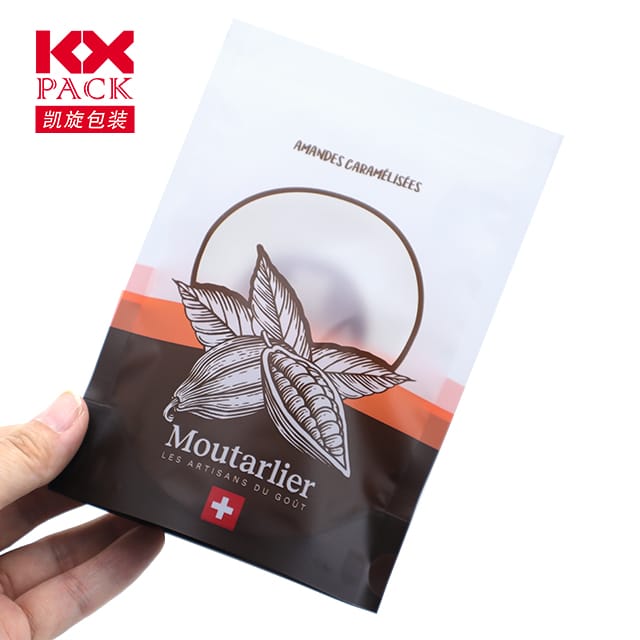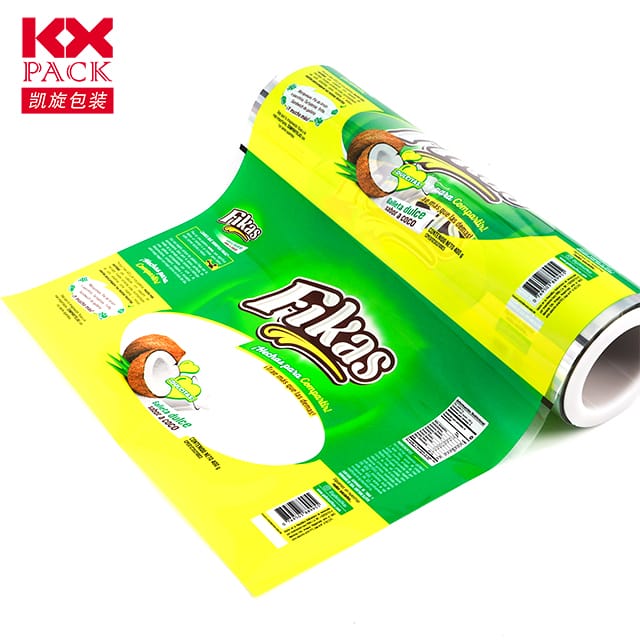An Treoir Deiridh maidir le Scannán Timfhilleadh le haghaidh Bia: Sábháilteacht, Inbhuanaitheacht, agus Stóráil Chliste
Scannán Timfhilleadh le haghaidh Bia
In kitchens worldwide, Scannán Timfhilleadh le haghaidh Bia (Ar a dtugtar Cling Film freisin, timfhilleadh plaisteach, nó wrap bia) is uirlis humble ach fíor-riachtanach. Cibé an bhfuil tú ag caomhnú na bhfear atá ag caomhnú, béilí a ullmhú roimh ré, nó comhábhair a choinneáil úr, is féidir leis an scannán timfhilleadh ceart an difríocht ar fad a dhéanamh. Ach le hábhair imní atá ag dul i méid faoi dhramhaíl phlaisteach agus sábháilteacht cheimiceach, how do you choose the best option? Let’s unravel the facts about food wrapping films and discover how to use them wisely for a healthier planet and pantry.
1. What Is Wrapping Film for Food?
Food wrapping film is a thin, flexible plastic sheet designed to create an airtight seal around food items. Its primary purposes include:
- Preventing spoilage by blocking air and moisture.
- Avoiding cross-contamination between foods.
- Maintaining flavor and texture in stored items.
Most commercial films are made frompoileitiléin (Corpoideachas), a safe and widely recycled plastic. ach, some older or cheaper varieties may containclóiríd pholaivinile (PVC), which can leach harmful chemicals like phthalates—especially when heated.
2. Types of Food Wrapping Films: Which One to Choose?
Not all Scannán Timfhilleadh le haghaidh Bia are created equal. Here’s a breakdown of common options:
A. Standard Plastic Wrap (PE-Based)
- Pros: Affordable, trédhearcach, and clings well to surfaces.
- Cons: Single-use and not always recyclable.
- Best for: Short-term storage of dry or cool foods (E.g., sandwiches, cáis).
b. PVC-Free Wrap
- Pros: Safer for health (no phthalates), often thicker and more durable.
- Cons: Slightly pricier than standard options.
- Best for: Families with children or those avoiding synthetic chemicals.
c. Biodegradable/Compostable Wrap
- Pros: Made from plant-based materials (E.g., cornstarr), breaks down naturally.
- Cons: Less clingy, may not seal as tightly; often requires industrial composting.
- Best for: Eco-conscious households willing to pay a premium.
D. Reusable Silicone Food Covers
- Pros: Washable, marthanach, agus teas-resistant (safe for microwaves/ovens).
- Cons: Bulkier than plastic wrap; not ideal for wrapping irregular shapes.
- Best for: Covering bowls, pans, or large produce items.
3. How to Use Wrapping Film Safely and Effectively
- Avoid Microwaving Plastic Wrap: Heat can cause chemicals to leach into food. Use microwave-safe covers or switch to silicone.
- Don’t Reuse Single-Use Film: Torn or stretched wrap loses its seal and may harbor bacteria.
- Wrap Food Tightly: Press the film directly onto the food’s surface to minimize air exposure.
- Store Properly: Keep film in a cool, dry place away from sunlight to prevent degradation.
4. Eco-Friendly Alternatives to Traditional Plastic Wrap
Concerned about plastic pollution? Try these sustainable swaps:
- Wraps Céir bheach: Reusable, inmhúirín, and perfect for wrapping cheese, bread, or veggies.
- Fabric Covers: Lightweight cotton or linen wraps with a waterproof lining.
- Glass Containers: Airtight and infinitely reusable (great for meal prep).
- Aluminum Foil: Recyclable and heat-resistant, though not as transparent as plastic.
5. The Future of Food Wrapping: Innovations to Watch
The packaging industry is evolving rapidly to meet sustainability demands. Expect to see:
- Scannáin Inite: Made from seaweed or starch, these wraps can be eaten or composted.
- Pacáistiú Cliste: Films embedded with sensors to detect food freshness or spoilage.
- Water-Soluble Wraps: Dissolve harmlessly in water, ag laghdú dramhaíola.
Conclúid: Wrap Smart, Live Greener
Wrapping film for food is a kitchen staple, but its environmental impact demands mindful choices. By opting for PVC-free, in-bhithmhillte, or reusable alternatives, you can keep your food fresh while protecting the planet. Remember: the best wrap isn’t always plastic—sometimes, innovation and creativity offer safer, smarter solutions.
Ready to rethink your food storage? Share your favorite eco-friendly wrapping hacks or tag a friend who’s trying to reduce plastic use! 🌱🍴
Eochairfhocail: wrapping film for food, timfhilleadh plaisteach, scannán cling, food storage, Pacáistiú inbhuanaithe, cistin atá neamhdhíobhálach don chomhshaol






